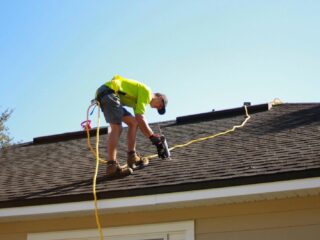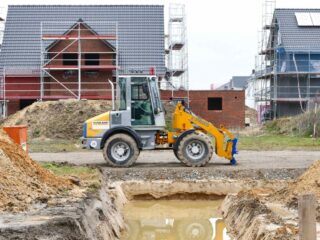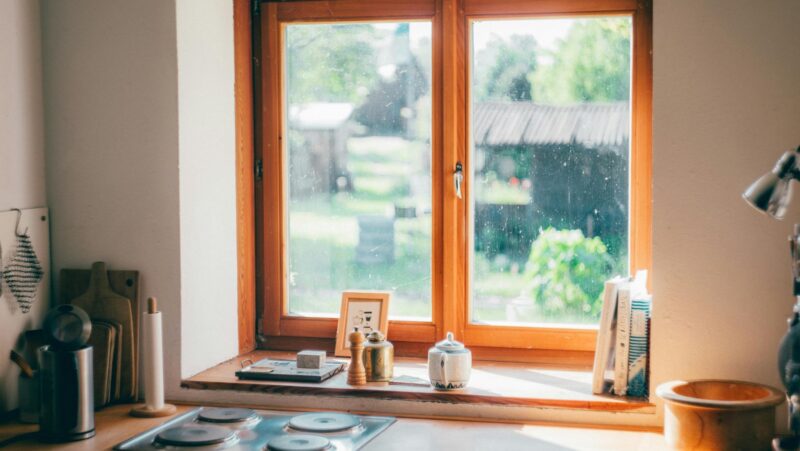
Thinking about transforming your outdoor space? Whether it’s a cozy backyard upgrade or a complete front yard renovation, any landscaping project needs a solid financial plan. Without a proper budget, costs can spiral and lead to frustrating surprises.
This guide will walk you through the essential considerations to help you plan smart and build visually appealing outdoor constructions.
Budgeting Your Outdoor Construction in 10 Steps
1. Define Your Budget Range
Before speaking with any contractors, define how much you’re comfortable spending. Costs can vary from a few thousand dollars for basic improvements to over $100,000 for complex luxury builds. Think of landscaping as an investment in both property value and your quality of life.
If you’re looking for a reliable and affordable option, Blue Aspen Landscaping is everything you need. They manage everything from design to construction, creating beautiful outdoor spaces for both homes and businesses. Contact their team to get detailed pricing information for your outdoor construction project.
Pro tip: Always include a 10 to 15 percent contingency fund to cover unexpected costs like delays, material upgrades, or issues discovered during site prep.
2. Know the Main Cost Categories
Breaking down your budget helps you set realistic expectations and evaluate quotes more accurately.
- Design Services: Expect to allocate 5 to 15 percent of your total budget here. Good design turns ideas into functional, beautiful spaces.
- Site Preparation: Includes excavation, clearing, grading, and drainage. These foundational steps prevent costly issues later.
- Hardscaping: Covers patios, decks, retaining walls, and walkways. Material choice—wood, concrete, or natural stone—has a major impact on cost.
- Softscaping: Plants, trees, shrubs, sod, and soil. Choose low-maintenance, climate-friendly varieties when possible.
- Lighting and Irrigation: These systems boost safety, curb appeal, and reduce maintenance but are often overlooked in early estimates.
- Labor: Skilled craftsmanship is essential for a lasting build. This category will likely be a significant portion of your total spend.
3. Plan for Long-Term Maintenance and Costs
Some choices come with higher ongoing expenses. For instance, exotic plants may need more watering or trimming. Certain materials may weather poorly without sealing or annual maintenance.
To manage long-term upkeep, consider drought-tolerant plants, sustainable materials, and efficient irrigation systems from the start.
4. Request Itemized Quotes
Get multiple estimates and make sure each quote is broken down by task or category. Don’t just look at the final number—ask questions about materials, timeline, payment schedules, warranties, and any exclusions.
A detailed quote lets you compare apples to apples and protects you from future surprises.
5. Break the Work Into Phases
If your ideal outdoor space stretches your current budget, break the project into manageable phases. For example:
- Phase 1: Foundations—site prep, hardscaping, lighting
- Phase 2: Finishes—planting, furniture, decor
This phased approach helps you make progress while spreading out expenses.

6. Account for Permits and Regulations
City permits, building codes, and HOA rules can all affect your project. Whether you’re building a deck, fence, or retaining wall, permits may be required.
Check local requirements early, and factor both time and fees into your timeline. Some contractors will manage this process for you—be sure to ask.
7. Build in a Buffer for the Unexpected
Construction projects almost always reveal surprises. A buried pipe, unexpected root system, or unstable soil can throw off your timeline and budget. That’s why your budget buffer is so important.
Thorough site assessments before work begins can help reduce the chances of these surprises, but it’s always smart to plan for the worst-case scenario.
8. Prioritize Smart Choices Over Flashy Ones
Fancy finishes and trending materials are tempting, but they may not stand the test of time. Focus on quality, durability, and how each feature fits into your lifestyle.
For example, a flagstone patio might cost more upfront than concrete pavers, but offer longer-lasting performance with less upkeep.
9. Be Practical with Size and Scope
Bigger isn’t always better. A well-planned small patio can be more inviting and functional than an oversized one without shade or flow. Focus on usability: space to dine, entertain, relax, and store essentials. Balance ambition with what your yard—and your wallet—can realistically accommodate.
10. Choose an Experienced Team
Having the right landscape construction team is everything. Not only can they help you stay on budget, but they’ll also offer guidance on design, materials, and timing. They’ll understand local regulations and know which materials perform best in your region.

Working with experienced professionals ensures your project is built to last and adds real value to your home. Partnering with experts who know how to deliver great results on time and within budget is the key to a successful build.
Wrapping Up
A thoughtful budget is the starting point for any successful landscape construction project. It allows you to make informed decisions, avoid costly mistakes, and ensure that the finished product is something you’ll enjoy for years to come.
By planning ahead and working with a knowledgeable contractor, you can create an outdoor space that reflects your goals, matches your lifestyle, and adds meaningful value to your home.
If you’re ready to explore your vision, get quotes, or need guidance in prioritizing your needs, now’s the time to get started.












